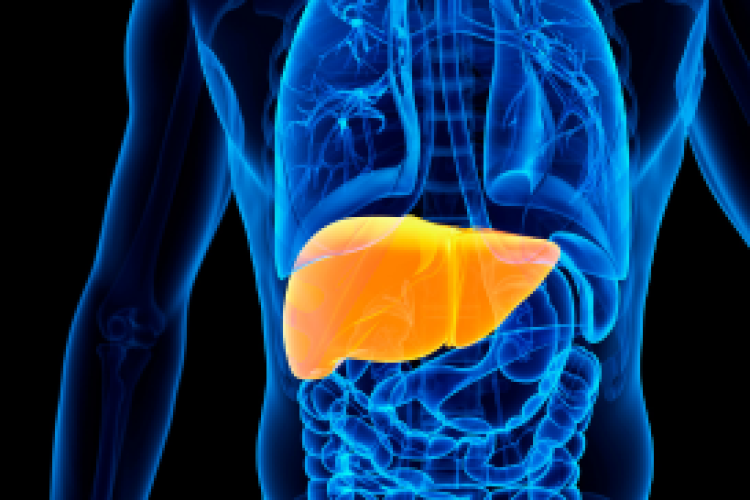Aleksandr Rakhlin, MD, FACS, Trauma Program Medical Director at Montefiore Nyack Hospital, shares tips for avoiding common winter injuries.
The most common winter injuries result from slipping and falling on icy sidewalks, says Aleksandr Rakhlin, MD, FACS, Medical Director of the Montefiore Nyack Hospital Trauma Department. “People rush and they don’t wear shoes with good traction,” said Dr. Rakhlin, a surgeon. The result can be hip fractures and head injuries.
“For elderly people on blood thinners, the bleeding that can result from a head injury can be devastating,” Dr. Rakhlin notes.
Avoid Slipping and Falling
To avoid slipping on icy surfaces:
- Concentrate on where you’re walking. Take your time and walk slowly.
- Avoid slippery surfaces, such as wet leaves, icy areas and snow banks.
- Wear shoes or boots with good treads – waffled, ridged or heavily textured soles. Carry your work shoes with you and change into them once you get to the office.
- Use handrails to prevent falls.
- After you come home, make sure you haven’t tracked snow and slush into your entrance hall and stairs.
- Use salt or sand on your driveway and stairs outside your home to increase traction.
- Wear a hat – not only will it insulate you from the cold, but it can help cushion your head from the impact of a fall.
Avoid Sports-Related Injuries
For children and teens, the most common winter injuries are related to sports—sledding, snowmobiling and skiing. “Sometimes kids will sled headfirst down a hill and hit something, resulting in a head injury,” Dr. Rakhlin says. “Or they sled down a hill onto a road, and are at risk of getting hit by a vehicle.”
To sled safely:
- Choose a hill that isn’t too steep and has a long flat area at the bottom.
- Don’t slide on a hill that ends near a street, parking lot, pond, trees or fences.
- Sled during the daytime, when you can see potential hazards. If you go sledding at night, choose a well-lit hill.
To avoid other sports-related winter injuries:
- Wear protective gear appropriate for your sport, including goggles, helmets, gloves and padding.
- Wear proper footwear that provides warmth and dryness, as well as good ankle support.
- Before skiing or snowboarding, take at least one lesson to learn how to fall correctly and safely.
- Wear wrist guards when snowboarding, to lessen the impact on your wrists if you fall.
Other Common Winter Injuries
Shoveling snow can lead to heart attacks and back injuries. “Shoveling snow is one of the most strenuous activities you can do,” Dr. Rakhlin says. “It’s often done by people who haven’t exercised the entire year, and then they decide to shovel the entire driveway in one hour. That causes a significant stress on the heart.” The key is to take it easy and slow, and to hire someone else to do the shoveling if you’re not in good shape, he recommends.
Burns from electric blankets and heaters are another winter hazard. “It’s especially dangerous for diabetics, who can have decreased sensation in their feet,” Dr. Rakhlin notes. “They may sit too close to the heater without realizing it.”
Carbon monoxide poisoning is a significant winter safety hazard. Each year, 20,000 to 30,000 people in the United States are sickened by accidental carbon monoxide poisoning and approximately 500 people die, many in their own home. Carbon monoxide is colorless, odorless, and tasteless. It cannot be detected by humans without the help of a detector. Carbon monoxide detectors sound an alarm when they sense a certain amount of carbon monoxide in the air over time. Protect your family by making sure you have a working carbon monoxide detector.



 Upcoming Events
Upcoming Events



